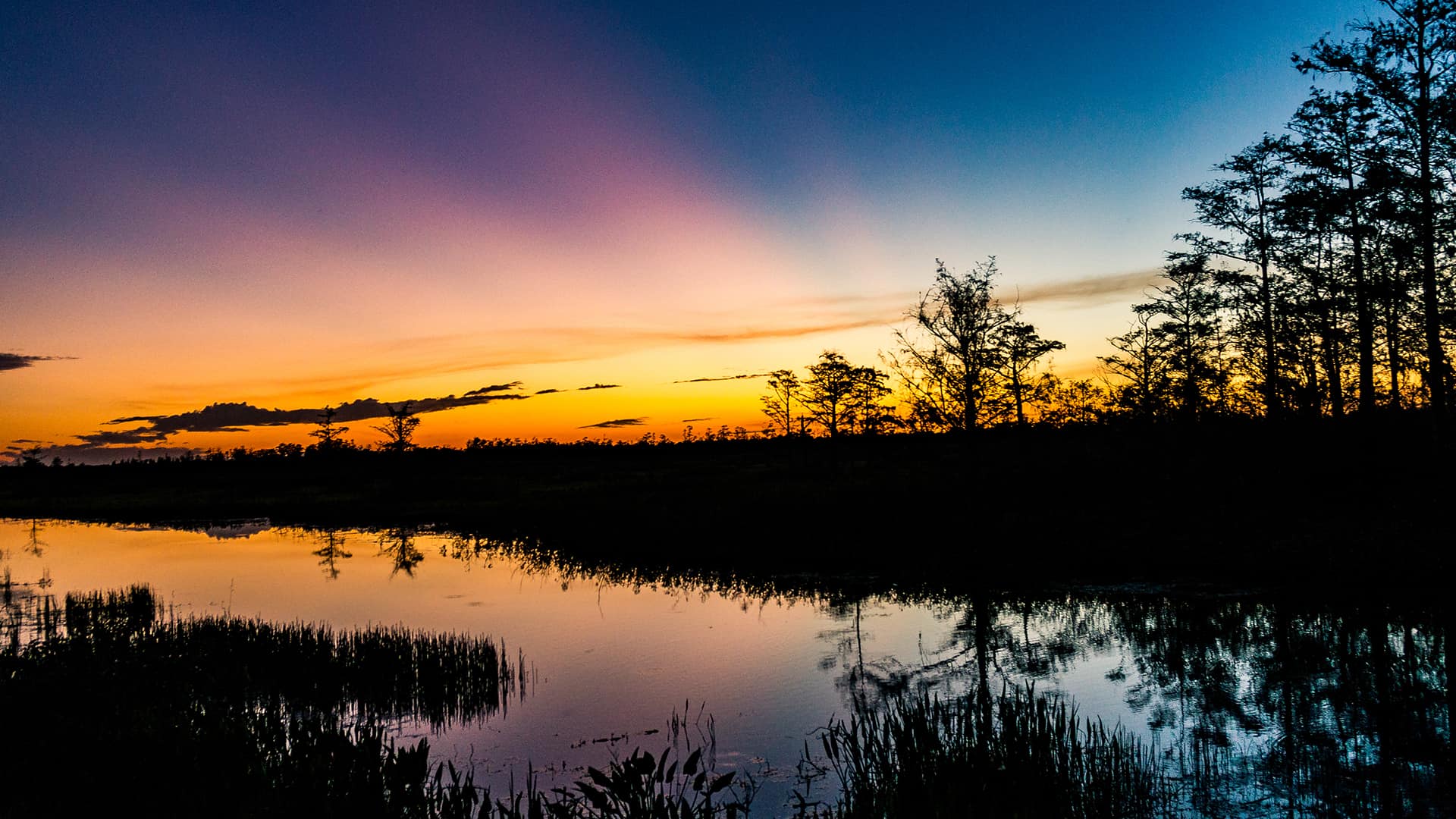
A little-known Southern frog species is making a name for itself in the board rooms and court rooms of America.
That endangered frog species – the Rana sevosa or dusky gopher frog – lives underground except for cyclical visits to ephemeral ponds amidst pine trees in coastal Mississippi and Louisiana. The frog is the subject of a lawsuit of widespread interest that went before the U.S. Supreme Court in November. At the heart of the lawsuit was whether or not the U.S. government had the right to designate land no longer occupied by an endangered species, but that could provide suitable habitat for that species in the future, as protected under the Endangered Species Act.
The unanimous decision handed down by the high court was whether 1,544 acres in Louisiana’s St. Tammany Parish owned by Markle Interests, L.L.C., P&F Lumber Company 2000, L.L.C., PF Monroe Properties, L.L.C., and Weyerhaeuser Company should fall under the Act’s protective cover as was ruled by the 5th Circuit Court in New Orleans. It was the Supreme Court’s opinion that protected habitat must be habitat that is actually occupied by the endangered species – not future habitat. The matter is being sent back to the 5th Circuit Court for reconsideration and a final decision.
This case illustrates the cloud of uncertainty that hovers over the Endangered Species Act under the current administration. The Supreme Court ruling struck a chord with the many and varied audiences closely monitoring the case, because in the past year there have been murmurings – some not so quiet – that changes could be on the horizon for the federal law that provides a program for the conservation of more than 1,300 threatened and endangered plants and animals and the habitats in which they are found.
While implementing Executive Order 13777 last July, the Trump administration and Interior and Commerce departments introduced a proposal that would make key changes to the Endangered Species Act. Among other changes to the Act, the proposal calls for the elimination of similar protections to species regardless of whether they are listed as “endangered” or “threatened,” and striking language that currently guides officials to ignore economic impacts when determining how wildlife should be protected.
The proposal, if approved, would add another dimension to federal policy that has many layers. The Endangered Species Act is already a source of frequent head-scratching for landowners seeking to develop land that is currently in its natural state and that could be home to a species of plant or animal that is granted protection under the law. In most cases, the developer doesn’t want to harm such a species, but they fear engaging in a process that may have many twists, turns, and potential changes to the rules of development mid-stream.
Private landowners are advised by the federal government to consider the impacts of construction activities on endangered or threatened species and the habitat of those listed species before beginning any construction project. If there are impacts, they must take measures to avoid or eliminate adverse effects prior to applying for a construction general permit or a federal permit. It can be a long and arduous process, particularly for those new to the development landscape.
The team at EDGE conducts Endangered Species Act Consultations and Surveys and we can help your company navigate the complex permitting process that often precedes a development project.
